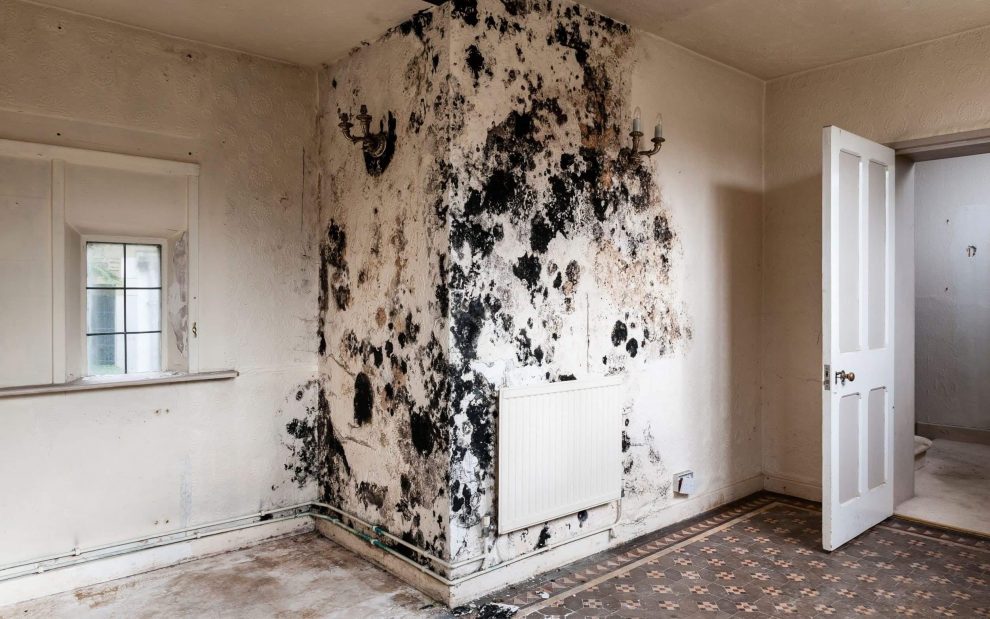A HOUSING expert has issued advice on dealing with black mould.
Councillors in Denbighshire were told about how the issue of black mould was being tackled in the county’s properties.
During a performance scrutiny committee meeting, councillors also heard that advising residents about the dangers of black mould was a challenge.
And one councillor said the council’s housing officers had reported that some Rhyl residents weren’t opening windows and “probably didn’t fill their bins right either”.
The meeting follows a coroner’s report after the death of toddler Awaab Ishak in Rochdale.
The report concluded that Awaab died from prolonged exposure to mould in his family’s housing association flat, and the coroner said this should be a “defining moment” for the housing sector.
Welsh Government subsequently wrote to all social landlords in Wales in December, seeking assurance on how landlords were responding to the case.
Consequently Denbighshire Council is scrutinising its processes, and councillors were presented with a report on how households in the county are reporting and dealing with issues around damp, condensation, and black mould.
Geoff Davies, the council’s lead officer for community housing, said: “It is a very complex issue.
There is quite a bit of science behind mould and condensation.
“It doesn’t necessarily mean a building defect. I think, to be fair to most households, when they see mould in their property, they immediately think there is a defect, but it might not necessarily be the case.
“It might not be something we can fix. It is a combination of the energy performance of the property, but it is all about how humidity is managed in a property.
“Older houses are more likely because of their energy performance to suffer mould and condensation compared to a lot of newer houses.
“The standard response is usually open a window, but that could make a house even colder and if a house is too cold, that is absolutely the condition for condensation.
“So the challenge is getting the advice to the right people and support around absolutely making sure there isn’t a building defect.”
Mr Davies said the first job when damp was reported was to make sure there was not a leak.
He added: “You could have a leak for years in a property, and it would never turn into black mould. Black mould is something very different.
“Breath is one of the biggest causes of black mould and particularly on wallpaper. We are all used to seeing a window covered in condensation.
“That’s quite easy to wipe off, or it might dry itself. In a small bedroom, the wallpaper will get wet as much as the window, but it never dries, and every night it is repeated when someone is sleeping in the room.
“So it does become black mould where a leak could be there for years.”
Mr Davies went on to explain it was sometimes difficult to speak to tenants as some residents immediately felt they were blamed whilst others refused council staff access into their homes.
He also warned about the dangers of drying clothes on radiators.
Rhyl councillor Cllr Ellie Chard appeared to blame some Rhyl council house residents, but said she was grateful for receiving a black mould checklist.
“I do know housing officers – especially around Bruton Park (Rhyl council estate) – they know the residents who don’t open their windows; they don’t do this; they don’t do that,” she said.
“They probably don’t fill their bins the right way either. But I’d like to thank you all for the checklist because, basically, it’s common sense, isn’t it?”
Cllr Carol Holliday asked what percentage of damp and black mould cases were down to maintenance issues but was told no data was available.
Councillors backed the report and were told residents who reported an issue with damp, mould, or condensation will be asked for feedback on the effectiveness of the advice the council provided.


















